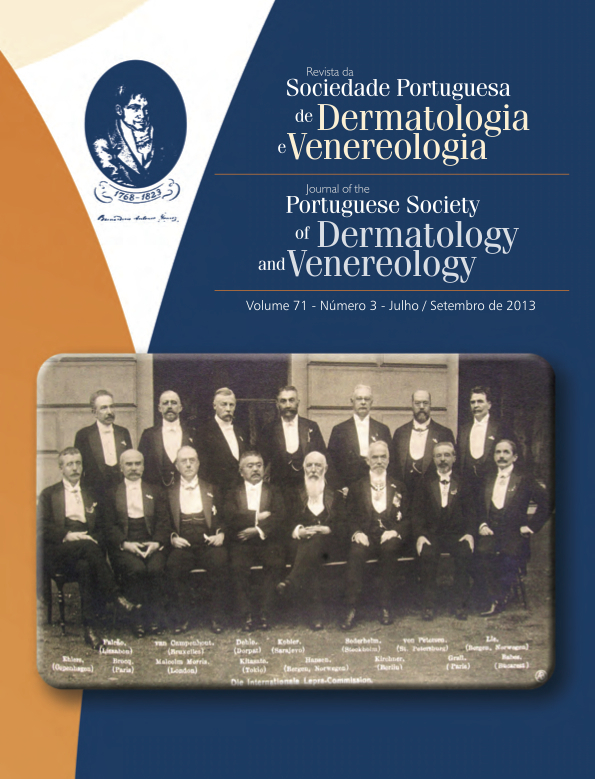AQUAGENIC URTICARIA
Abstract
Aquagenic Urticaria is a rare form of physical urticaria precipitated by water contact with the skin, whatever their temperature and nature. The pathophysiology is not completely understood. We report a case of a 6-year-old boy with erythematous maculopapular skin lesions often associated with pallor, especially that appeared on the chest, arms and legs when he contacted with water, regardless its temperature and source. On that time it was considered as diagnostic hypothesis aquagenic urticaria. There was clinical improvement with the introduction of hydroxyzine, thirty minutes before the contact with water and recurrence of signs/symptoms when the drug was not administered prophylactically. With this case report, the authors wish to emphasize that although this type of urticaria is rare in children, should be recognized because can cause systemic reactions potentially fatal and thus appropriate treatment can be instituted.
Downloads
All articles in this journal are Open Access under the Creative Commons Attribution-NonCommercial 4.0 International License (CC BY-NC 4.0).








